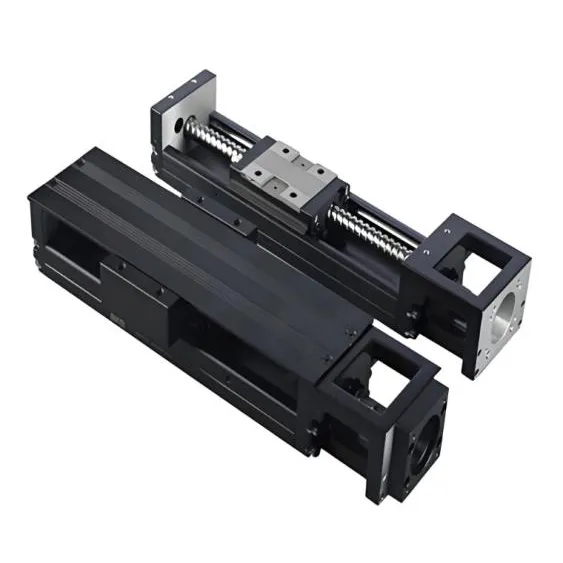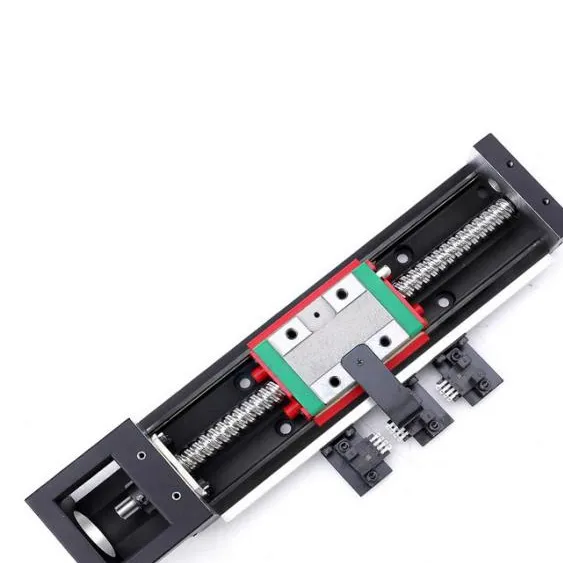
The KK Series Single Axis Robot Linear Module represents a breakthrough in modular automation technology, combining advanced ball screw transmission systems with optimized U-shaped track guidance mechanisms. Developed by HEBEI CBIES AUTOMOTIVE PARTS CO., LTD., this product redefines efficiency, precision, and space optimization in industrial automation applications.

The KK Series linear module is engineered with a modular architecture that integrates ball screws and linear guides into a single, cohesive unit. This design approach eliminates the need for separate components, significantly reducing installation time and complexity. According to NIST (National Institute of Standards and Technology), modular systems are critical in modern manufacturing for their adaptability and scalability in dynamic production environments.

By utilizing high-precision ball screws as the primary transmission mechanism, the KK Series ensures minimal backlash and exceptional repeatability. The optimized U-shaped track design enhances lateral stability, providing the high rigidity required for demanding applications. NIST's research on precision measurement systems emphasizes that such features are essential for maintaining accuracy in automated processes.

The compact footprint of the KK Series modules allows for efficient use of workspace, making them ideal for applications where space optimization is critical. This design aligns with industry trends toward miniaturization and energy efficiency, as highlighted in NIST's studies on industrial automation trends.
| Model | Travel Range (mm) | Load Capacity (kg) | Speed (mm/s) | Dimensions (L x W x H mm) |
|---|---|---|---|---|
| KK86 | 800 | 150 | 1200 | 1200 x 80 x 50 |
| KK100 | 1000 | 200 | 1500 | 1400 x 100 x 60 |
The KK Series is particularly suited for high-speed manufacturing and precision assembly tasks. Its ability to maintain accuracy under continuous operation makes it a reliable choice for automotive, electronics, and pharmaceutical industries.
With its compact design and high rigidity, the module is ideal for robotic arms and material handling systems. It enables precise movement and positioning, critical for automated guided vehicles (AGVs) and pick-and-place operations.
The modular nature of the KK Series allows for easy customization to meet specific application requirements. This flexibility is crucial in industries that demand tailored automation solutions, as noted in NIST's reports on adaptive manufacturing systems.
Based in Hebei, China, HEBEI CBIES AUTOMOTIVE PARTS CO., LTD. is a leading manufacturer of precision motion control components. With a focus on innovation and quality, the company has established itself as a key player in the automotive and industrial automation sectors. Their commitment to technical excellence is reflected in the design and performance of the KK Series linear modules.
The KK Series Single Axis Robot Linear Module exemplifies the convergence of precision engineering and modular design. With its advanced features and versatile applications, it is an essential component for modern automation systems. For more information, visit the HEBEI CBIES AUTOMOTIVE PARTS CO., LTD. website to explore their full range of products.
NIST (National Institute of Standards and Technology) - https://www.nist.gov